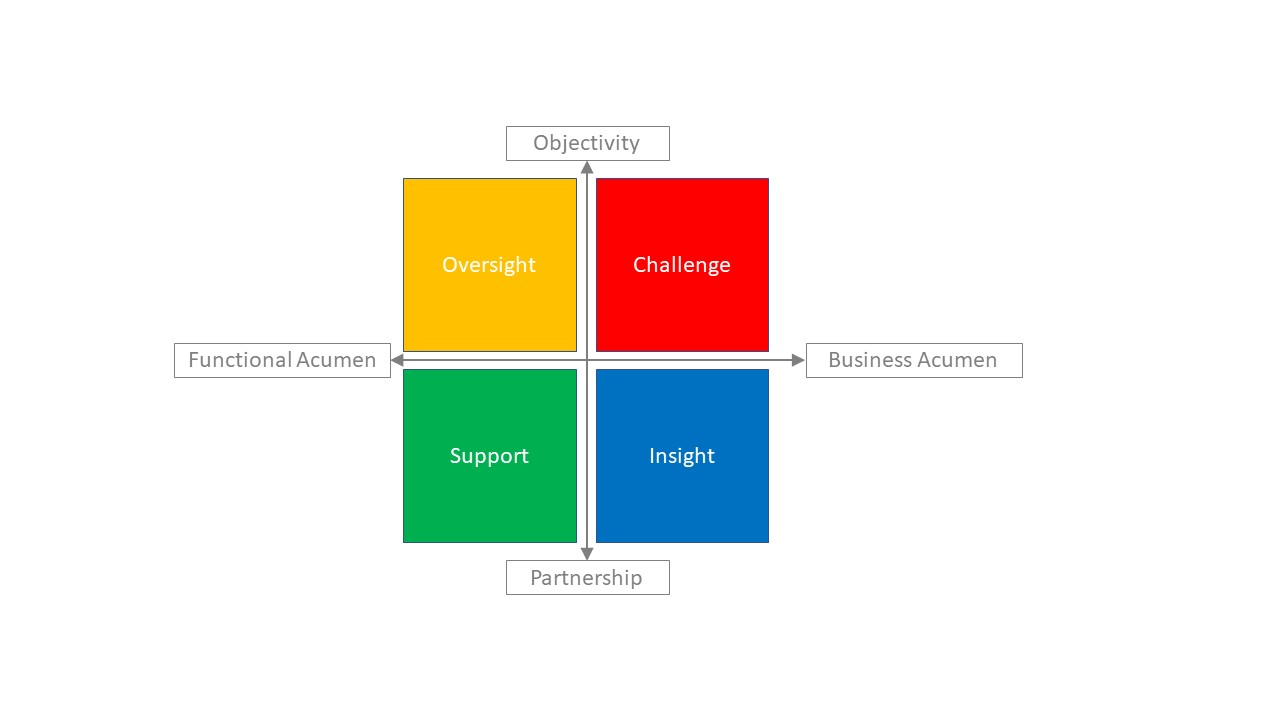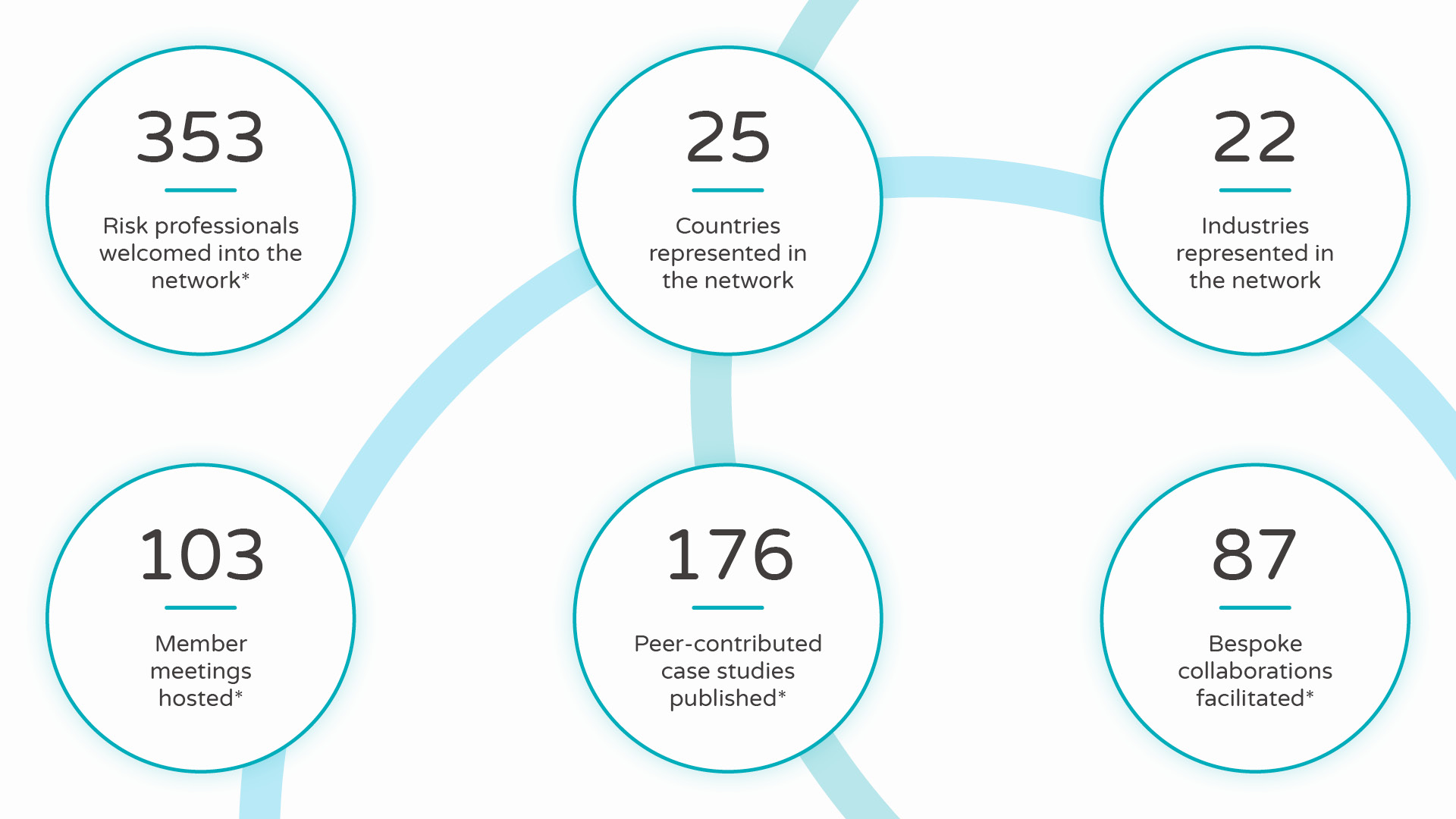Why networking in risk management is failing (and a new model to try)
Networking. Does it get you anywhere?
In most cases the answer is no.
And here’s the reason why: we don’t really know how to get real, meaningful value from our networking activities. We might not even be sure of what that value looks like – is it a new job, help with our CVs?
And how do we jump from meeting someone for the first time to then asking for help?
Networking is awkward and self-serving.
But we know it’s important. We hear this all the time. So, we proceed to do what we believe is good networking. It usually looks something like this:
- We mark out two to three days in our diaries. Fly or catch a lengthy train to an industry conference. We make small talk. We exchange business cards. We follow-up by email. We might on the rare occasion arrange a coffee. But then what?
- We use LinkedIn. We invite risk managers – many we have never met – to our growing 500+ connections. We ‘like’ and comment on their posts. We congratulate them on their new job move. But then what?
- We fall back on our ‘inner circle’ – a closed network of people we know and like. Current and former colleagues, professionals of a similar age and profile; those with whom we share common interests. We choose to stay within our comfort zone. And we limit our exposure to new ideas as a result.
Many of us will have fallen somewhere between the ‘then what’ of our networking attempts and the restrictions of our inner circle.
Type 2 networking is high-value peer-to-peer collaboration. It’s practical interactions that elicit active learning.
Of course, there are a plethora of risk management events that aim to fill this gap – time-honoured industry conferences, workshops and forums. They bring together hundreds and sometimes thousands of people under one venue for solid hours or days of networking and learning.
They are fertile ground for making new and important connections. The perfect place to expand our network. And so we continue to invest our time and resources in attending for these particular gains.
But there’s one niggly question that comes up often following these events: how do we turn our new connections into meaningful long-term relationships?
Two schools of networking
First, let’s review the types of networking available to us. There are two broad categories – both equally as useful as the other.
- Type 1 – Macro level networking: this happens at industry-wide events where there is exposure to high volumes of industry professionals at one time. They help you to grow your network quickly. The outcome? An extensive book of new contacts you know directly but don’t know well enough to seek help and advice.
- Type 2 – Micro level networking: this happens one-on-one or with smaller and more intimate groups of professionals. Activities are based on a reciprocity model and designed to encourage an active exchange of ideas and learning. They usually come in the form of facilitated roundtables and conference calls.
5 things you get from Type 2 networking
You obtain five key benefits from Type 2 networking that are harder to get from Type 1. You are able to:
- Talk openly and unreservedly with other risk managers about your challenges, pitfalls and mistakes
- Brainstorm, challenge, probe and stress-test new ideas with a small but validated group of risk managers
- Connect one-on-one with trusted and experienced colleagues to work through specific projects
- Cut down the time required to build an impactful network
- Be part of a facilitated reciprocity network – where ‘networking’ doesn’t feel awkward or self-serving.
A new, more impactful model for networking
With this in mind, is it possible to model a new, more impactful way of networking that can turn Type 1 contacts into Type 2 relationships?
The answer is absolutely, yes!
Here’s a model we’ve been discussing here at the Risk Leadership Network. It was developed by our partners, Guild – a professional private messaging app – which will facilitate part of our services. It gives further context to our Type 1 and Type 2 theory:
- Inner core: this is the trusted circle we mentioned earlier. The people you know and like and who you turn to with your concerns and vulnerabilities. These could be your current and former colleagues, mentors, coaches, friends in the industry.
- Personal boardroom: those who you deem as ‘experts in their field’. People you have met and can reach out to for help and advice. They might be your peers, consultants or industry thought leaders.
- Little black book: these are your acquaintances. People you recognise and have met in person. You know what they do and show some level of reciprocity – you would respond to their queries and have helped each other in the past. They may be your clients, customers, suppliers, or peers.
- Professional network: those you can contact directly but don’t know well. You can’t rely on them to respond.
- Sphere of influence: those you can reach but you do not know personally.
Where on this model do you want to be?
If we stay comfortably at point 1, then by default, we limit our reach to new and diverse ideas.
We can easily win at points 4 and 5 – we simply place our LinkedIn and social media activities in overdrive. But they are areas at which we get the least value.
Our greatest gains are in points 2 and 3. This is where we can begin to build meaningful Type 2 relationships.
3 ways to build meaningful relationships
So how do you get the 5 benefits of Type 2 networking?
Supplement the conferences and industry events with structured peer-to-peer gatherings to help you grow your personal boardroom and improve the value of your black book of contacts.
Here’s a list of activities that will help you foster greater reciprocity:
- Community meet-ups and roundtables: smaller forums create a more conducive and trusted environment to talk openly and exchange experiences. Some of the most effective brainstorming activities have taken place during these types of events.
- Collaborative conference calls: this is a timely way to thrash out problems, bounce and validate ideas with peers. They are logistically straightforward and require minimal resourcing. For this reason, facilitated conference calls take place regularly. In fact, some professional networks will even arrange conference calls on demand!
- Private one-to-one discussions: joining a professional network is a great way to connect with risk managers one-on-one. A good professional network will have the facilities and resources to address individual questions and connect you to a peer who is working through similar projects. And some will be supported by a private messaging facility, which brings you even closer to the community.
If you want to know more about how the Risk Leadership Network is facilitating peer-based collaboration, submit your details here.
Can we redefine ‘networking?’
One last note on networking.
For so long, ‘networking’ has become synonymous with Type 1 activities. But there are a range of other facilitated interactions that enhance the connections you make at a macro-level.
We don’t have a single word to describe this. But we know the valuable impact it has.
Supplement the conferences and industry events with structured peer-to-peer gatherings to help you grow your personal boardroom and improve the value of your black book of contacts
Type 2 networking is high-value, peer-to-peer collaboration. It’s practical interactions that elicit active learning.
So, who wants to try a bit of Type 2 networking?
At the Risk Leadership Network, our mission is to make collaboration and knowledge-sharing easy, accessible and applicable. Our online platform provides deep-dive content, real-life case studies, and risk management tools and templates. It also hosts regular webinars and facilitates practical peer-to-peer opportunities – both digitally and face-to-face.
We’re looking for companies that share a common commitment to advancing risk management standards to join us and our founding members. Working together as a global community, we can raise the standing and maturity of risk management.
To be part of our collaborative community and benefit from Type 2 networking, submit your details here.
Share this
Related posts you may be interested in

Optimising the new three lines model

Risk Leadership Network – a year into risk leaders driving change together
